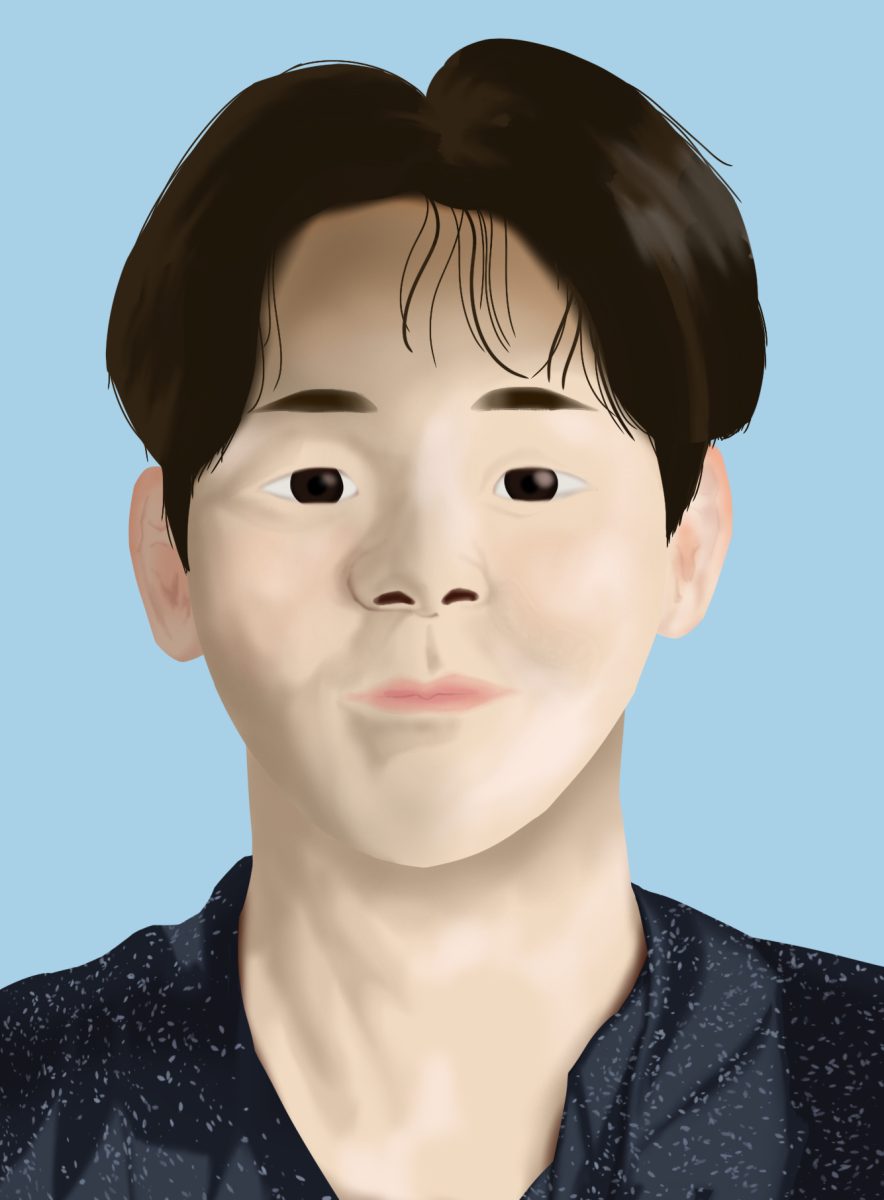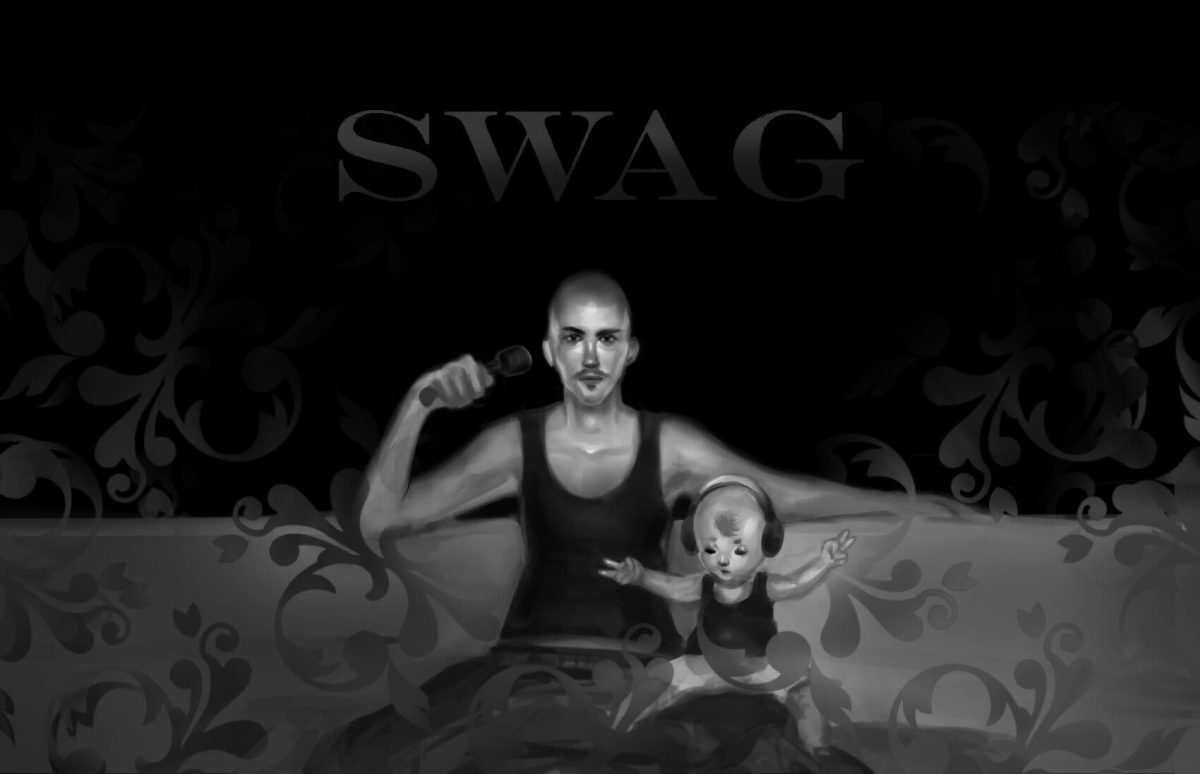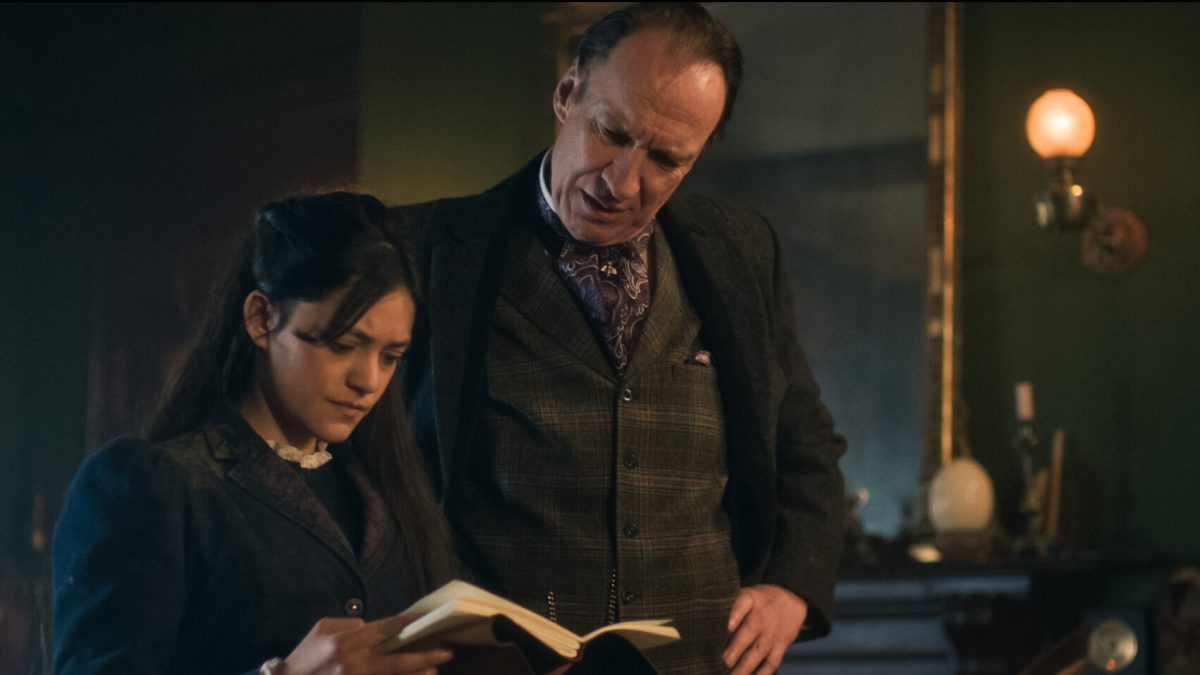Expertly capturing the haunting psychology and disturbed mind of arguably the most infamous antagonist in Detective Comics history, the newest film to continue the Batman legacy, Joker, successfully conveys the villain’s wretched beginnings as a misunderstood man before adopting his iconic identity.
With a captivating storyline and incredible acting, the movie cleverly develops the disturbing persona of a protagonist, consequently evoking sympathy from the audience despite the Joker being the “bad guy.”
Released on Oct. 4, the psychological thriller follows the story of Gotham City resident Arthur Fleck (Joaquin Phoenix, “The Sisters Brothers”), a failing and mentally ill comedian who resorts to a daytime job of dressing up as a clown for hire, holding promotional signs outside stores and performing for children to financially support himself and his sick mother, Penny Fleck (Frances Conroy, “Catwoman”)
After being abused and misunderstood by society, Fleck impulsively murders three upper-class men on a subway under the guise of his clown costume out of self-defense, which leads major politicians like Thomas Wayne (Brett Cullen, “The Shallows”), the father of future Batman Bruce Waynes (Dante Pereira-Olson, “You Were Never Really Here”), to speak out on attacks against the richer elites of Gotham City.
Consequently, the murders of these men bring light into the economic divide between the rich and the poor in Gotham City, instigating riots with clown masks becoming the main face of these rampages after taking inspiration from Fleck, ultimately leading to the development of his alter ego, the classic character known as the “Joker.”
Despite the concern among civic leaders and authorities that the Warner Bros. two hour long movie could inspire people to perpetrate gun violence, it’s clear that the film conveys a fictitious storyline and contains an expected level of ferocity from a movie about the origins of a villain.
As with many movies within the genre of psychological thrillers, the ruthlessness and savagery in Fleck’s behavior is to be anticipated and is essential to furthering the plot and keeping viewers on the edge of their seats.
Violence and bloodshed is neither a unique or unprecedented aspect seen in the film, and the backlash the movie has received can be credited to the political issues of this time regarding gun violence rather than the film itself.
Characterized by uncontrollable, maniacal laughter and jittery movements, Phoenix exhibits the common behaviors of an unspecified mental disorder, accompanied by a thin, gaunt figure to showcase the side effects of a drastic weight loss after taking medication.
His pale, skeletal frame also contains multiple scratchings and bruises, showing evidence of abuse from strangers and the physical abuse that Fleck endured, inducing a degree of solicitude from viewers who see little threat from Joker’s initial portrayal as Arthur.
The film also accurately portrays the inconsistency in Fleck’s behavior, which is marked by his mood swings and strained relationship with his mother.
Immediately after murdering three men on a subway, Fleck runs to a public bathroom and begins dancing, finding himself in his own world with a somber, violin music drowning out all other noise.
This subdued, violin is a motif in the movie, marking all the moments when the Joker is imagining things or when the outside world is drowned out to focus on the protagonist’s thoughts.
Despite being labeled as the villain since its first origin story, the film’s rendition of the Joker evokes empathy from the audience for Fleck, whose actions were misconstrued by others and may even hold an affinity with the Joker for the struggles he faced as Arthur Fleck.
With this extreme contrast in character development from the misunderstood Arthur Fleck to the deranged Joker, a common trait within Fleck that has stayed constant up until his transformation as the Joker is an air of narcissism that surrounds him.
Since his days as Arthur Fleck, arrogance and a need for reverence are apparent. An example of this is his daydreams in which Fleck imagines being invited on to the stage of Murray Franklin’s show and receives a standing ovation and validation from Franklin, a late-night talk show host Fleck admires.
Additionally, after the killings on the subway, Fleck sees the chaos that ensues from his actions and finds satisfaction when viewing the uncontrollable crowds of clowns, once again depicting his thirst for reverence.
Finally, the film in itself is amazingly complex and profound with an unsettling character development of Joker. Phoenix’s phenomenal acting also brings the character to life and consequently forms a detailed and elaborate background story for one of America’s most infamous villains.














